As we enter into storm season, can you confidently say that your home is ready for the unpredictable weather patterns? It’s important to take some time and prepare your home and surroundings before it’s too late. The time to prepare your home for storm season is now – not when there’s a threat of severe weather. We’ve put together a to-do list to help you get your home and family ready.
Clean Your Gutters.
Gutters can’t handle heavy rain if they’re filled with leaves, tree branches and other debris. Rainwater will collect and overflow, and this overflow can damage your roof and siding. The weight of debris and rainwater can also cause gutters to detach from your house, and cause moisture to seep into areas like your attic and basement. Trapped moisture over a prolonged period of time can lead to a nasty and costly mold problem. Avoid this headache and clean your gutters before storm season.
Trim Tree Branches
A broken window in the middle of severe weather is the last thing you need. This can happen if tree branches hang too close to a window or glass door, as strong winds can slam limbs into your house. Do a little yard maintenance to prepare your house for storm season. Trim branches that brush against your home, or completely remove trees that pose danger to your house.
Check For Potential Leaks
Check doors, windows, and walls, such as areas where cables and pipes enter, for openings that could allow water to penetrate. Check your roof for any lifted or missing shingles. Be sure to get your roof inspected and repaired if you see any potential areas of risk.
Create a Basic Storm Kit & Fill Gas Containers
A basic storm kit is designed to get a family through 48 hours without electricity and basic services. Your basic storm kit should include things like blankets, batteries, a water supply and some food. You should also be sure to fill gas cans if you have a generator.
Emergency Fund & Home Insurance
Create an emergency fund. Though this is always a good practice, it’s especially important to have extra money on hand in case of a natural disaster. You should also make sure you have adequate insurance coverage. Though it might not be the most exciting of tasks, read through your homeowner’s insurance policy and make sure you fully understand it. Most policies don’t cover sump-pump failure, but it can be added at an additional cost (usually minimal). Also ensure that all of your policies are up to date.
